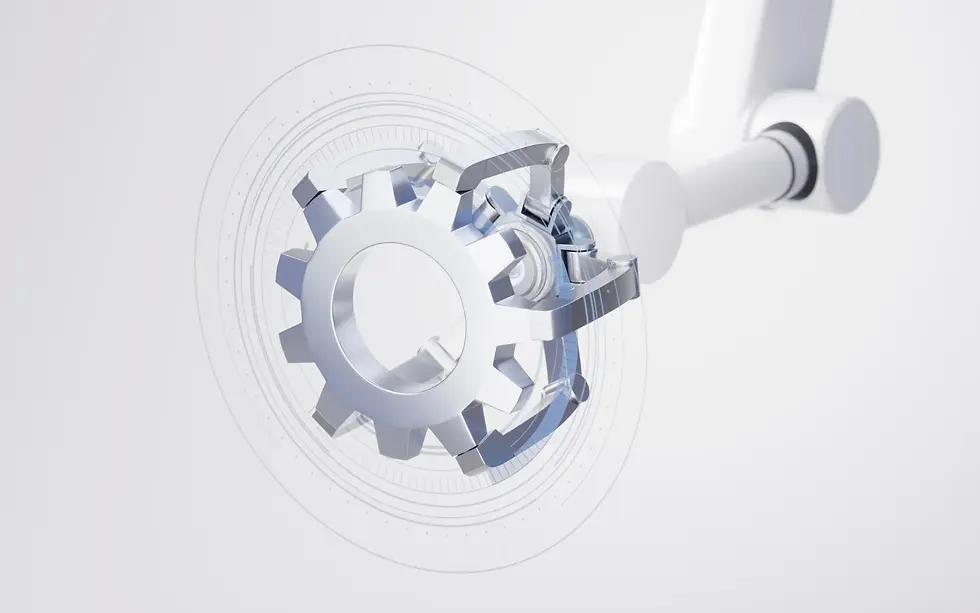Automate or Modernize?
- Juan Carlos Garavito

- Jul 29
- 3 min read
Modernizing with Vision: Building a Future-Ready Foundation
Automating manual tasks with bots (RPA), scripts, or digital assistants is like patching potholes on an old road. It works, the flow improves, and everyone appreciates it. But the road is still the same.
This approach offers clear benefits:
Fast implementation (weeks or even days).
Low initial costs.
Reduced human error and operational workload.
No need to modify the source system (ideal for legacy systems).
At WAU, we’ve implemented it in many contexts: bots interacting with external platforms without APIs, payment reconciliation automation, report extraction, validations with agencies like SAT and Guatecompras, among others.
But the more automations you add, the more complex operations become. If the underlying system doesn’t evolve, every new need means another “band-aid.” It’s an architecture that ages quickly.

Modernizing with Vision: Building a Future-Ready Foundation
Modernization is not just about changing technology. It’s about rethinking and understanding how processes and systems should respond to real business needs, and building a flexible, scalable, future-aligned architecture.
At WAU, when we talk about modernization, we mean:
Decoupling functionalities to reduce rigid dependencies.
API-fying components currently locked in silos.
Redesigning processes from the customer journey backward.
Incorporating SecDevOps, CI/CD, observability, and governance practices.
Yes, it takes longer. Yes, it requires a bigger initial investment. But the medium- and long-term return is much higher:
The system adapts easily to business changes.
Innovation becomes easier without fighting an outdated structure.
Maintenance costs drop; documentation and traceability improve.
Development teams can focus on delivering value, not just putting out fires.
Clear Comparison: Automate vs. Modernize
The Hybrid Approach: Moving Forward with Vision, Even If You Can’t Modernize Everything Today
In a perfect world, all systems would be decoupled, with clean APIs and orchestrated processes in a modern architecture. But we know that’s not always possible.
Sometimes the core can’t be touched. Sometimes there’s no budget. Or it’s simply not the right time.
That’s why at WAU we use a hybrid approach: automating when it makes tactical sense, but never losing sight of the future vision. It’s not about choosing one over the other—it’s about automating while modernizing with intention.
How We Do It
Identify processes with the most value from automation: We choose wisely—not everything manual should be automated, and not everything that can be automated should be done now.
Design sustainable automations: Even if we know they’re “temporary,” we build them with best practices—documentation, orchestration, logs, validations. Automating doesn’t mean improvising.
Plan modular modernization in parallel: In many cases, a bot that extracts data today can be replaced tomorrow by a well-designed microservice. We plan for that replacement from the start.
Educate teams on the cost of technical debt: Showing the true impact of constant patching helps teams make better decisions. Sometimes automation is valid, but doing it without vision can be costly.
What This Approach Achieves
Progress today without compromising tomorrow.
Conscious, not impulsive, automation.
An evolving technical foundation.
A bridge between operational present and strategic future.
Conclusion:
Automating gets you out of trouble. Modernizing takes you far.
Automation solves the “now.”Modernization builds for the “tomorrow.”
Combining both strategically means moving forward with your feet on the ground and eyes on the horizon.
At WAU, we’re not dogmatic. We understand real business constraints. But we also know—through experience—that the cost of constant patching is high. That’s why we drive technology decisions that truly support business evolution.
Because beyond code, what matters is the impact we create in how companies operate, serve customers, and prepare for what’s next.
Where are you today?
Are you automating to get by? Or are you already thinking about how to modernize for structured, scalable growth?
💬 We’d love to hear your experience or questions in the comments.

.webp)



Comments